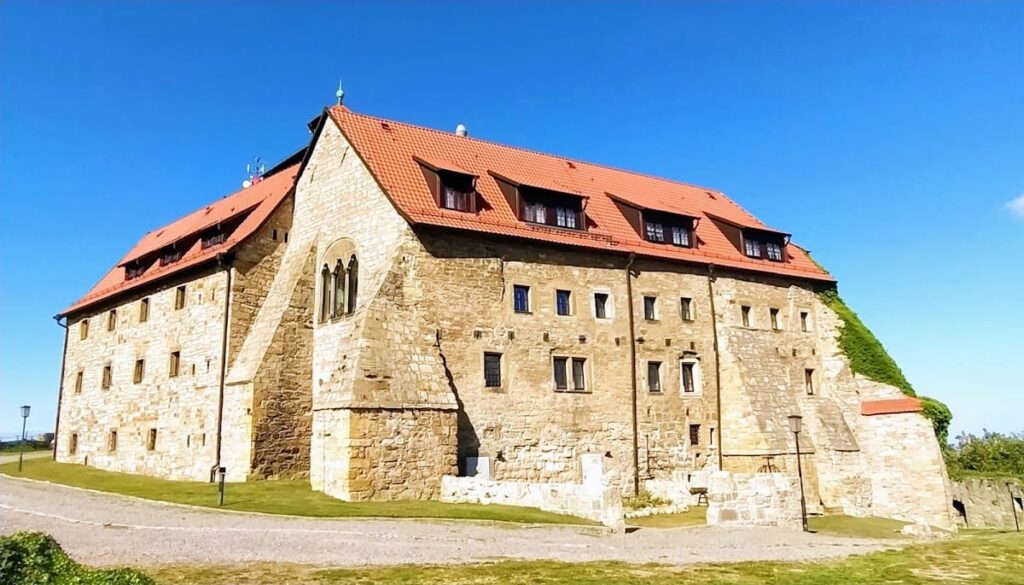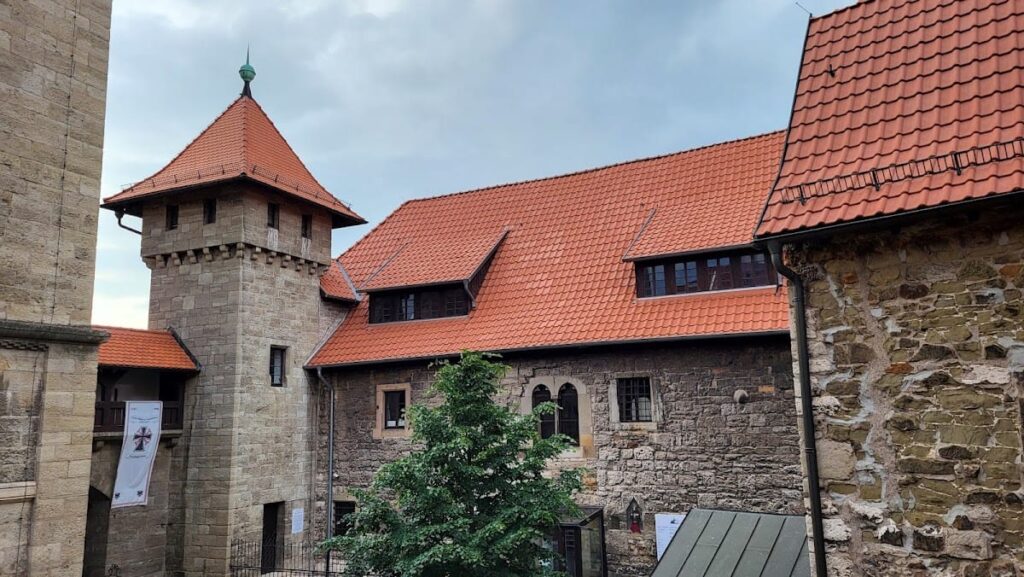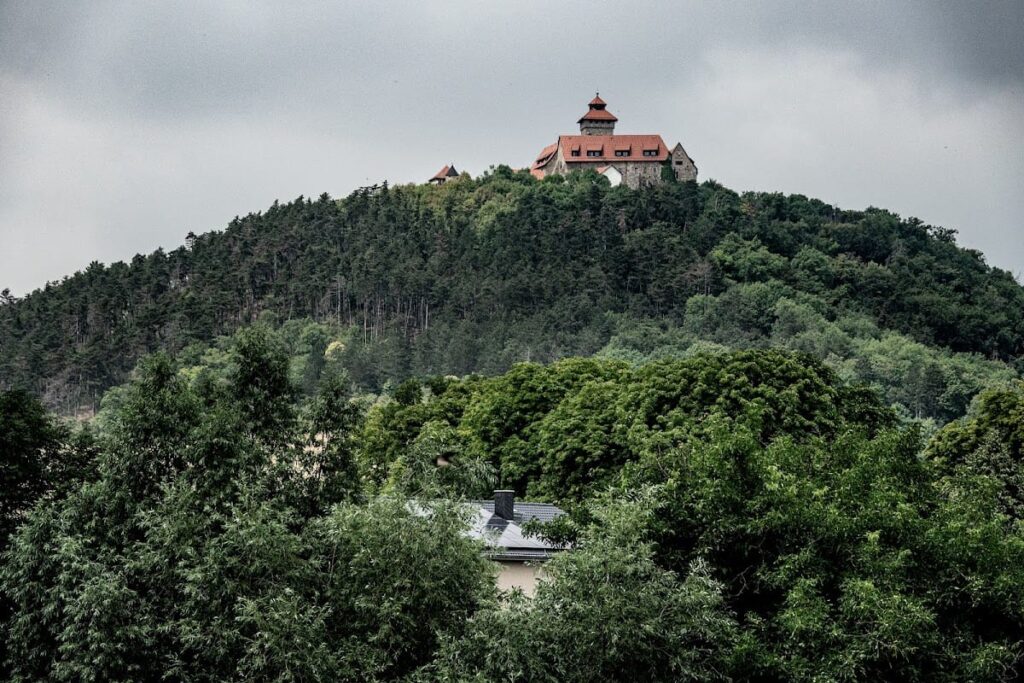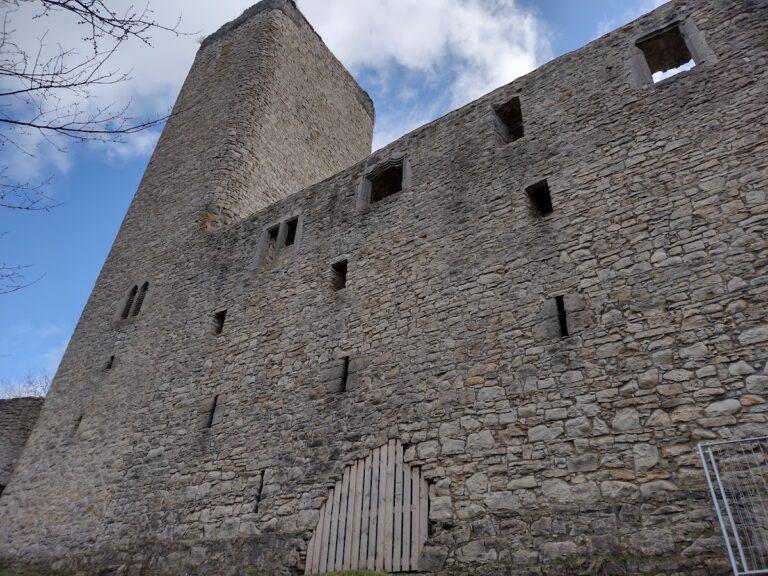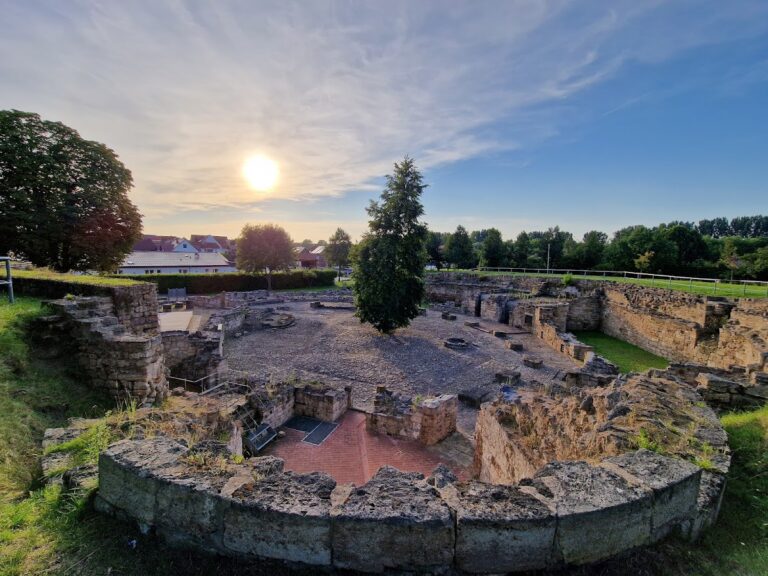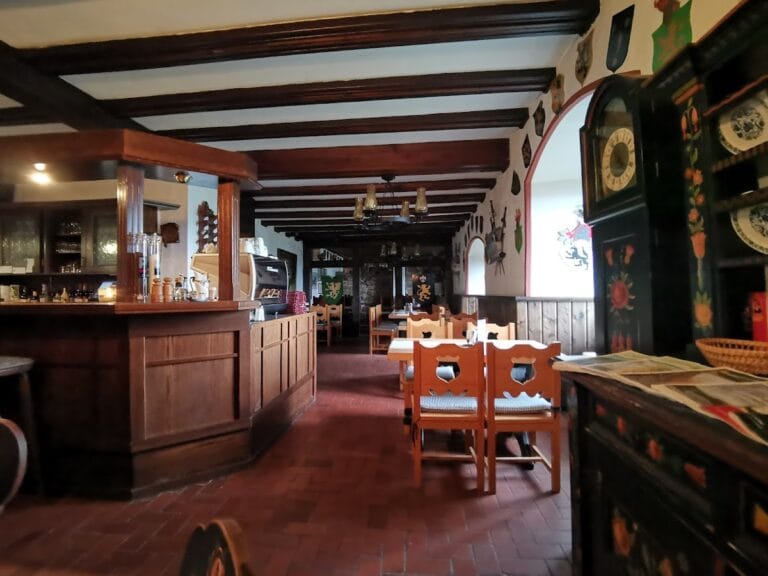Wachsenburg Castle: A Medieval Fortress in Thuringia, Germany
Visitor Information
Google Rating: 4.2
Popularity: Medium
Google Maps: View on Google Maps
Official Website: www.wachsenburg.com
Country: Germany
Civilization: Medieval European
Remains: Military
History
Wachsenburg Castle is a medieval fortress perched on a hill near Arnstadt in Thuringia, Germany. It was established around the year 930 by the imperial abbey of Hersfeld. The abbey built the castle to safeguard its extensive landholdings in the region during a time of frequent local conflicts.
Between 1090 and 1098, Abbot Friedrich of Hersfeld lived at Wachsenburg and died there. He undertook restoration efforts to strengthen the castle amid ongoing feudal disputes. Around 1100, ownership passed from the abbey to the Landgraves of Thuringia, marking a shift from ecclesiastical to secular control.
The castle first appears in written records in 1140, naming a knight called Adelher von Wassenburg as its castellan, or governor. Earlier, in 1120, the fortress was besieged to remove imperial knights who had turned to banditry and used it as a base for raids.
During the late 12th and 13th centuries, Wachsenburg was caught in struggles between rival imperial factions. It served as a refuge for the pro-Welf Archbishop of Cologne and changed hands multiple times. Notably, in 1204, Philip of Swabia captured the castle amid these conflicts.
From 1306, the Schwarzburg-Blankenburg family took possession. Count Günther XII began expanding and fortifying the castle. However, in 1366, Johann II sold it to cover war debts. By 1441, the castle was seized by the robber baron Apel Vitzthum. After a siege lasting until 1451, Vitzthum surrendered when defenders undermined the shield wall, a key defensive structure.
Following this, the castle declined and fell into disrepair. In 1640, Duke Ernst I acquired it with plans to convert it into a palace. In 1651, a deep well was drilled to supply water. Later, the castle was repurposed as a military prison and an orphanage. The last commandant died in 1856.
In 1861, a castellan and innkeeper took residence. From the late 19th century into the early 20th century, the castle underwent extensive renovations in neo-Romanesque and neo-Gothic styles. These changes prepared it to house a military and local history museum, supported by ducal patrons and local committees.
The Hohenlohe Tower, a tall bergfried or keep, was inaugurated in 1905 and named after Prince Ernst II of Hohenlohe-Langenburg. Between 1907 and 1913, additional museum buildings and defensive bastions were added, including an artillery bastion and a powder tower.
Until 1918, the castle remained under the Dukes of Saxe-Coburg and Gotha. In 1920, it became property of the state of Thuringia, which committed to its preservation and museum support.
During World War II, Wachsenburg served as a cultural depot for art collections from Weimar. In April 1945, US troops occupied the castle, and it hosted a meeting between Generals Patton and Eisenhower. Soon after, Soviet forces took control.
After 1945, much of the museum’s valuable collections were lost or confiscated. Remaining ethnographic and folk collections were displayed until the museum closed in 1962. Restoration work took place between 1964 and 1969, and a hotel and restaurant opened in 1966.
Following German reunification, the castle returned to Thuringian ownership in 1991. Further restoration occurred, and in 2001 the castle was privatized. A small private museum reopened that year, and in 2003 the chapel of St. George was consecrated.
Also in 2003, the Ordo Militaris Teutonicus Levantis e.V., a self-styled secular knightly order, established its headquarters at Wachsenburg. The castle remains a notable historic site surrounded by a protected nature reserve.
Remains
Wachsenburg Castle consists of an irregular quadrangular upper castle, or citadel, formed by three residential wings and a tall square bergfried known as the Hohenlohe Tower. These structures are connected by stone walls enclosing a small courtyard.
The lower castle, or outer bailey, surrounds the upper castle on all sides except the northern wing. It is enclosed by a ring wall and historically contained warehouses, a smithy, quarters for soldiers and workers, and stables.
The Hohenlohe Tower stands 30 meters tall. Its ground floor houses a ceremonial hall, with three exhibition floors above. At the top, a gallery with sixteen windows offers panoramic views of the surroundings.
South of the tower lies the former castle kitchen, linked to the commandant’s house. To the north is the main gate, featuring a battlemented walkway and a small tower called the Thörlein. Together, these create a closed inner courtyard.
An artillery bastion named Bastion Herzog Carl-Eduard was built in 1907 and expanded in 1938. It once housed a large collection of historic cannons and artillery pieces. Nearby, a small round powder tower constructed in 1910 stored gunpowder for saluting purposes.
In 1913, a half-round defensive tower combining limestone and half-timbered construction was added west of the Hohenlohe Tower. This tower was primarily decorative rather than functional.
A well drilled in 1651 near the castle gate reaches 93 meters deep to the groundwater. Water was raised by a pedal wheel until 1912, providing a vital supply during the castle’s military and residential phases.
Other notable buildings include the Rittersaal or Knights’ Hall, the Neubau (New Building) dating from 1664, the commandant’s house, and the Arresthaus or prison house, which contains masonry fragments from the 12th century.
The castle’s interior decoration was extensively created by local artist Eduard Fiedler, who produced 471 works including frescoes, portraits, and drawings. Eight frescoes in the southern room of the Rittersaal were lost during the GDR era but were documented in photographs from 1952.
Stone walls and battlements were carefully restored during early 20th-century renovations and again after German reunification. Today, the castle functions as a hotel and restaurant, with some spaces used for private museum exhibitions.
The surrounding nature reserve protects steep, rugged slopes with diverse habitats. It supports rare species such as the blue-winged grasshopper, smooth snake, and adonis flower, preserving the natural environment around the historic site.

